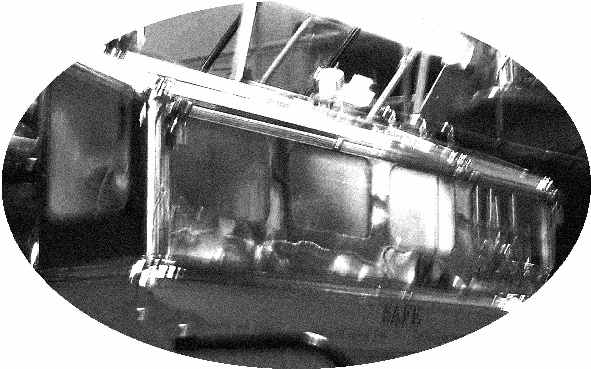 "Tell me what brand of whiskey that Grant drinks. I would like to send a barrel of it to my other generals."
"Tell me what brand of whiskey that Grant drinks. I would like to send a barrel of it to my other generals."-Abraham Lincoln
Due the current surge of interest in whisky, its nomenclature and classification have become important battlegrounds for the hearts and minds of consumers. These battles are most often fought by the corporations which own distilleries seeking to protect their markets and brands, and often result in lawsuits. Groups such as the Scotch Whisky Association spend significant resources defending the definition of scotch whisky and preventing its misrepresentation around the world. Why is the description of whisky so important to the business? The answer lies in another question: Why do most people, when asked if a single malt whisky is preferable to a blend, answer that the single malt is better without so much as a taste of either? Is there truth in this statement, or is this bias simply the result of marketing genius by the companies which own the distilleries? Oddly enough, the answer is a little bit of both.
Single malt whisky is described as whisky produced by a single distillery, using a single type of grain. The grain used will depend on the type of whisky being produced: Single malt scotch whisky is produced using barley, rye whisky is produced using (you guessed it) rye. Many other types of whisky, such as bourbon and traditional Canadian whisky are produced from multiple grains. Whisky produced from multiple grains is called "blended whisky". Although most connoisseurs prefer single malt whiskies, sale of blended whisky vastly outnumbers the former, as most whisky is consumed by people who enjoy it in a mixed drink or "on the rocks". In both cases, the emphasis is on creating a smooth, well-balanced drink that is palatable to a large audience. It's not that different from Hollywood movies trying to appeal to everyone by including a little bit of everything: action, romance, suspense - usually beyond necessity and almost invariably to the detriment of the story.
An important point to understand is that blends and single malts are trying to do different things: Blends are mixed to produce an easy-drinking spirit that includes aspects of several different whiskies, in an effort to add a character like "smokiness" without overdoing it.
Single malts are produced by individual distilleries trying to produce a house "style". This style may not appeal to the vast majority of of consumers, but their goal is to get the loyalty of passionate imbibers who are willing to spend a little extra money on something they won't be mixing with Pepsi. Someone who really enjoys really smoky whiskies would be better served finding a smoky single malt like Talisker than looking for this characteristic in a blend.
The interest in single malts these days has provided the consumer with a vast number of expressions availalble to try, but this is a relatively recent development. The quality and consistency of blends is much easier to maintain, as you can mix and match flavours to offset any particular aspect which might otherwise be lacking. In fact, it is thought that the practice of blending may have been introduced around 1863 in an effort to increase the appeal of whisky to disenfranchised English wine and brandy drinkers unable to obtain wine due to a Phylloxera blight afflicting French vineyards. Blends have dominated the whisky market ever since, and it's safe to say that no distillery in existence today would have survived the last century without marketing its product for use in blends.
The revival of interest in single malts was due to a relatively small number of pioneering souls. William Grant & Sons, the company which founded and runs both the Balvenie and Glenfiddich distilleries, decided to set aside some of their product for aging and subsequently market it as a single malt whisky. Although there had always been small groups which preferred unblended products of individual distilleries and found imaginative ways of obtaining supplies of their drams, this represented the first large-scale marketing of a single malt whisky. Its introduction to the global market would result in a revolution within the industry and provide us all with the wide variety of Scottish, Irish, Japanese, Welsh, American, and Canadian single malt whiskies we see today.





